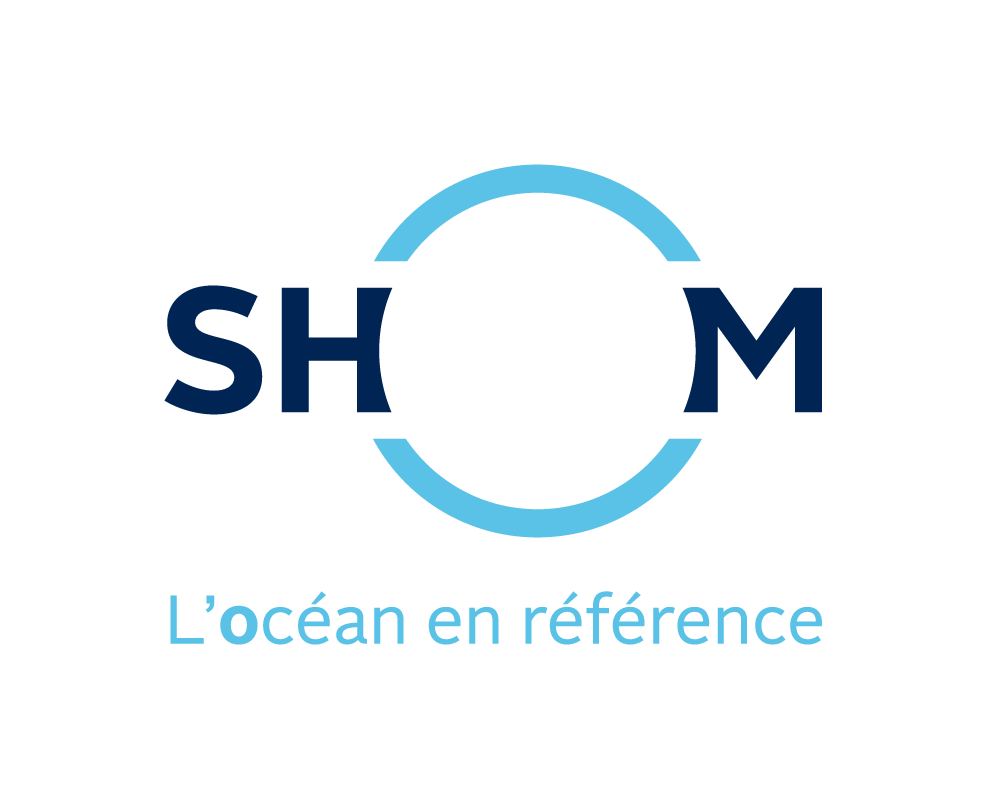atmospheric pressure
Type of resources
Available actions
Topics
Keywords
Provided by
Representation types
Update frequencies
-
Weather forecasting models are used to show atmospheric conditions by computing changes in meteorological parameters on a 3D atmospheric grid model. Physical laws are used to determine behaviour: fluid mechanics, turbulence, radiation, and atmospheric interaction with space, the continents and the oceans. The initial conditions are determined by assimilating variational data including a large volume and wide variety of in situ observations obtained from remote detection systems. The weather forecasts available on data.shom.fr only contain "wind at 10m" and "atmospheric pressure at sea level" parameters. A land/sea mask is then applied to exclude non-maritime forecasts. These forecasts are provided by 4 different models: IFS-CEP for world and regional scales of Antilles-Guyane and Indian Ocean areas (0.5° to 0.125° resolution), ARPEGE for european regional scale (0.1° resolution), AROME for mainland France (1.3 km resolution) and AROME Outre-Mer for the overseas areas Antilles-Guyane and Réunion-Mayotte (2.5 km resolution). IFS-CEP is a global hydrostatic spectral model designed, developed and maintained by ECMWF (European Centre for Medium-Range Weather Forecasts - http://www.ecmwf.int/). ARPEGE is a global hydrostatic spectral model, with variable horizontal resolution (centred on France), vertical finite element modelling and hybrid vertical coordinates. ARPEGE is an integral part of the Arpège-IFS software package, designed, developed and maintained by Météo-France in cooperation with ECMWF. AROME is a non-hydrostatic spectral model for weather forecasts in mainland France, with finite difference modelling for vertical input and hybrid coordinates. AROME was developed by Météo-France thanks to close national (CNRS) and international (CEPMMT, Aladin, Hirlam) cooperation programmes on the basis of the Méso-NH research model and the dynamic core of the Aladin model. AROME Outre-Mer is a non-hydrostatic spectral model for the overseas areas Antilles, Guyane, Réunion-Mayotte, Polynésie, Nouvelle-Calédonie). Unlike AROME France, this regional model does not have its own assimilation. The model is coupled by IFS (16 km) for initial altitude conditions and by ARPEGE for initial surface conditions. It was developed by Météo-France.
 Catalogue Shom
Catalogue Shom